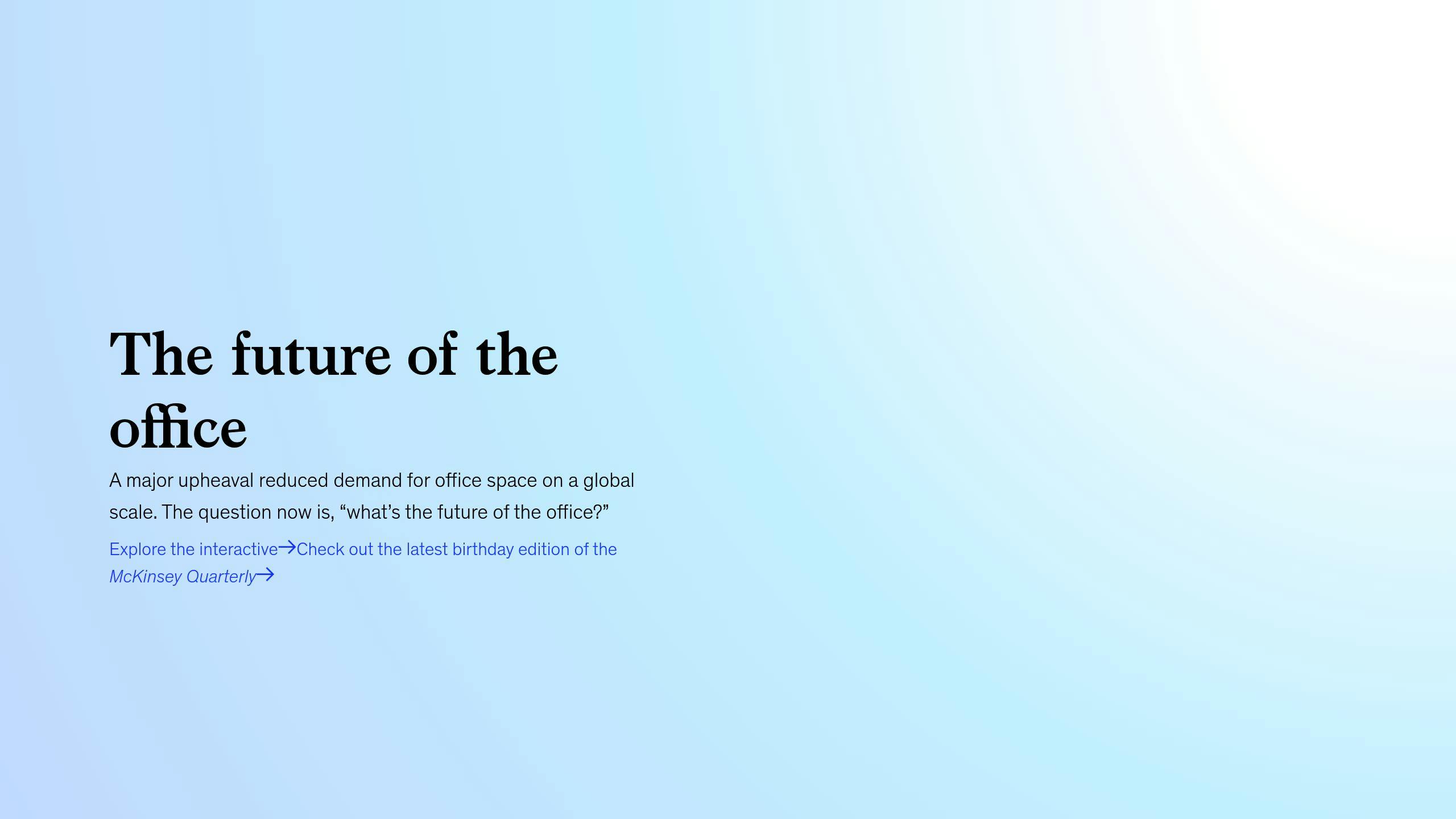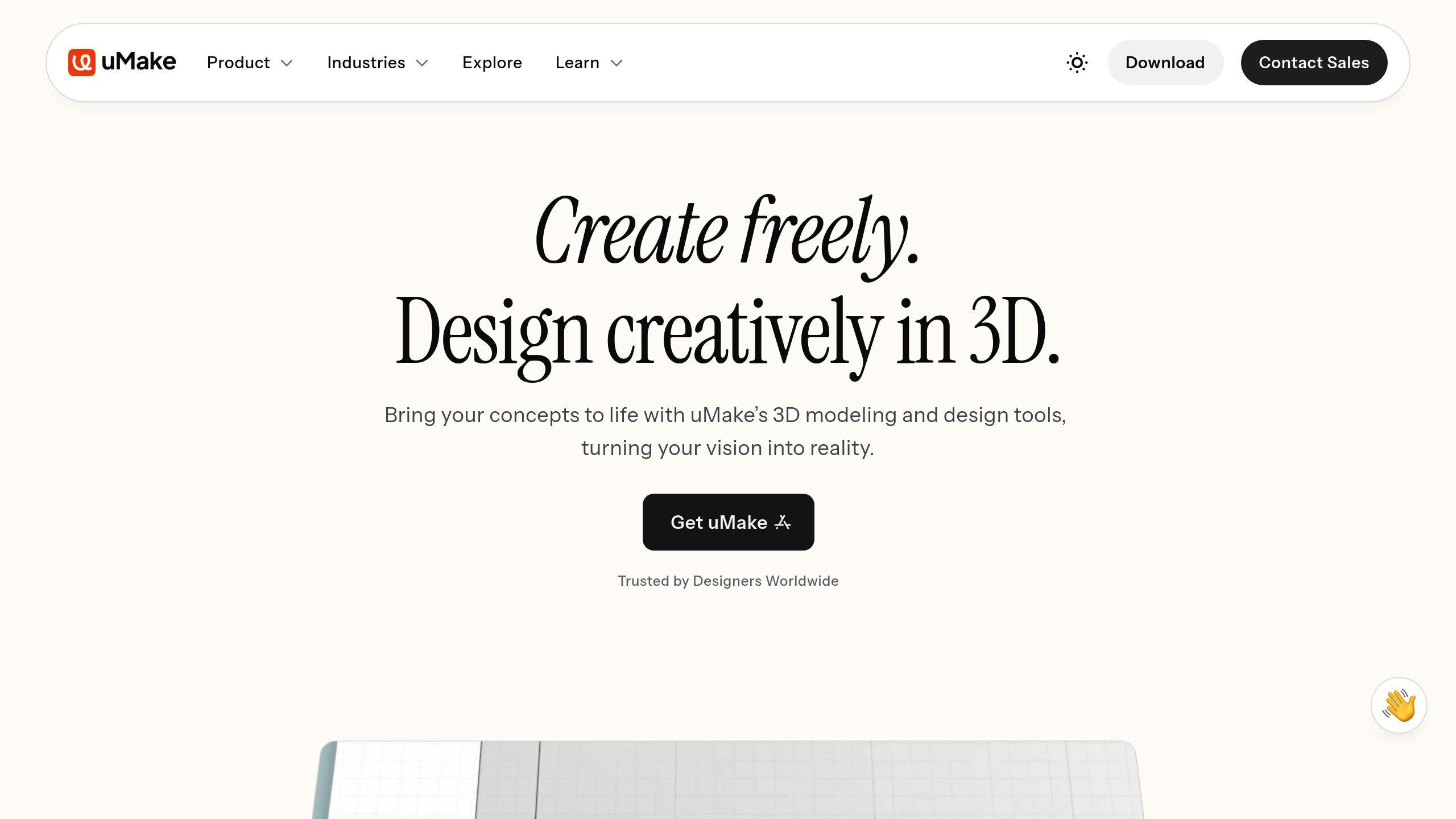5 Steps to Build Client-Centric Design Narratives
2025年2月2日
Want to create designs that truly resonate with your clients? Start by focusing on their needs, goals, and challenges. A client-centric design narrative combines storytelling, user insights, and visual tools to align your designs with what matters most to your clients. Here's a quick overview of the 5 steps to get started:
Understand Client Needs: Research their business, goals, and audience to create a solid project brief.
Craft a Story: Align your design solutions with their objectives using a clear, structured narrative.
Use Visual Tools: Simplify complex ideas with 3D models, mockups, and AR tools to bring designs to life.
Incorporate Feedback: Gather actionable input at key milestones and refine your designs accordingly.
Present Effectively: Tailor your final presentation to highlight how your design solves their problems and meets their goals.
These steps help you build trust, improve collaboration, and deliver designs that make a real impact. Let’s dive into the details.
PowerPoint Storytelling: How McKinsey, Bain and BCG create compelling presentations

Step 1: Learn About Your Client's Needs and Goals
Start by diving into the client's business and understanding their objectives. As Michael Grebennikov, Co-founder of Digiteum, puts it: "You can find out as much about a client as the client is ready to share, if you ask the right questions and listen attentively."
Understand the Client's Business and Goals
Begin with thorough research into the client's company and industry. Focus on:
Their position in the market and key competitors
Current trends and challenges in their industry
Insights into their target audience
The company's mission and values
Use this research to create a structured brief that includes:
The project scope and specific requirements
Business context and details about the target audience
Design goals and expectations
Timeline and budget constraints
"Document all gathered data clearly for both you and the client." - Alexandra Marchenko, Designer at TheRoom
Communicate Clearly to Gather Insights
Effective communication is key to uncovering the details you need. Ask targeted questions like:
"What specific outcomes would define success for this project?"
"What sets your company apart from others in your industry?"
Use tools like mood boards during collaborative sessions to explore the client’s preferences and style direction. Platforms such as uMake can help visualize initial ideas and ensure alignment with the client’s expectations.
Keep in mind that communication is critical - about 80% of successful design work depends on actively listening to your clients, understanding their story, and grasping their values before diving into the design process.
Once you have a clear picture of your client's needs, you can move on to shaping a narrative that ties design solutions directly to their goals.
Step 2: Build a Story That Aligns with Client Goals
Once you've gathered insights from your client, the next step is to create a story that connects with their goals while staying technically accurate. A story-driven approach helps translate complex design ideas into something clients can easily understand.
Plan a Clear Structure for the Narrative
Break your narrative into three key parts:
Context Setting: Introduce the design challenge and explain how it ties to the client's goals.
Solution Development: Describe how your design solves their specific problems.
Impact Overview: Highlight the results they can expect from your design.
This structure keeps your story clear and engaging. It also simplifies feedback by breaking down big ideas into smaller, easier-to-understand pieces. Tools like uMake can help you create sequential 3D mockups, turning abstract concepts into something more visual and relatable.
Make the Story Relevant to the Client
Show your expertise by tailoring your story to the client's industry and goals. Reference market trends, tie your design choices to their KPIs, and include user personas to demonstrate how well you understand their audience.
Add Visuals and Emotional Elements
Make your technical ideas more engaging by blending visuals with emotional touches. Use mockups and prototypes to tell your story visually. Incorporate elements that reflect the client’s brand identity and values, and include real-world examples to show how your design improves both user experience and business outcomes.
"The best product designers practice story-centered design. They begin by crafting stories that show how customers interact with a product." - GV Library
With a clear, client-focused narrative in place, your next step is to bring it to life with visuals that effectively convey your ideas.
Step 3: Use Visual Tools to Communicate Ideas
Visual tools make abstract design ideas easier for clients to understand. They help clients visualize solutions and make decisions that fit their needs.
Pick the Right Tools for Visualization
Choose tools that match your project's requirements and your client's technical familiarity. Here are some popular options:
Using the right tools can streamline client decisions and speed up project approvals.
Create Visuals That Explain the Design
Convert technical drawings into visuals that are easy for clients to grasp. High-quality renderings combined with annotations can simplify complex ideas.
Tips for creating impactful visuals:
Start with wireframes and gradually add details to avoid overwhelming clients.
Include elements like context and multiple views to showcase how the design works in practical scenarios.
Showcase Designs with uMake

uMake offers a range of features to create engaging 3D visualizations. It’s particularly useful for:
Real-time visualization: Make updates during client meetings to address feedback instantly.
AR presentation tools: Display designs in their actual environment for better understanding.
"Engineers want more than your word that a product will fulfill their needs; they want proof. CAD models enable marketing and sales to provide that."
With visuals that clearly communicate your ideas, you’ll be ready to refine your approach based on client feedback.
Step 4: Use Feedback to Improve the Design
Using client feedback effectively can turn design projects into a true collaboration. This step helps ensure your design stays aligned with client goals while meeting professional standards.
Set Milestones to Collect Feedback
Break the project into stages and gather feedback at key points. Here's how you can structure it:
Ask for Clear and Actionable Feedback
Instead of vague questions like "What do you think?", ask focused ones like, "How well does this design address your customer acquisition goals?" This approach encourages specific and useful input.
"Getting to why something can be improved is an essential part of gathering feedback. It doesn't matter if it's something subjective from a user or based on data collected by the team. Even the smallest comments and ideas can help make the user experience better and more intuitive for everyone." - Shahi, Product Designer at Filestage
Organize and Apply Feedback
Sort feedback into categories: critical changes, optional tweaks, and future ideas. Document how each adjustment addresses client concerns. Tools like uMake can streamline this process by integrating real-time feedback directly into design reviews, letting clients see proposed changes immediately.
"The clearer you set expectations with your clients, the easier it'll be to manage their feedback and ensure the project progresses smoothly." - One6Creative
Once you've incorporated the feedback, you're ready to present the final design in a way that connects with your client.
Step 5: Present the Final Design Effectively
The final presentation is your chance to bring everything together - insights, visuals, and feedback - into a compelling story. This step can determine whether the project gets approved or heads back for revisions.
Customize Your Presentation and Tackle Concerns
Knowing your client's communication style is key. Whether they prefer visuals, data, or business metrics, shape your presentation to align with their preferences. Being prepared for questions not only shows you're ready but also builds trust in your work.
Here’s how to handle potential concerns:
Revisit the original project brief and requirements to ensure alignment.
Highlight how the design addresses each of the client’s objectives.
Have additional materials ready to explain complex design choices.
Wrap It Up with Impact
End your presentation by clearly summarizing how your design meets the client’s goals. Lay out the next steps for implementation and explain how success will be measured. Tools like uMake can help you showcase the design from various perspectives, making it easier for clients to grasp your solution.
Focus on these three areas to leave a lasting impression:
Key Benefits: Show how the design solves the client’s challenges or meets their goals.
Implementation Plan: Break down the steps needed to move forward.
Measuring Success: Define how you’ll track the design’s performance.
Conclusion: Steps to Create Client-Focused Narratives
Building strong client-focused design narratives requires a clear plan that prioritizes the client's needs. By understanding their business, telling engaging stories, and using the right tools, you can create narratives that make a real difference in project outcomes.
It all starts with research, clear communication, and a storytelling mindset. As Laura Busche puts it: "Start seeing yourself as a visual storyteller and find the narrative in your work." This approach shifts technical designs into stories that connect with clients on a deeper level.
Visual communication plays a key role here. Tools like uMake help designers showcase their work more effectively. With features like precision sketching, 3D visualization, and AR capabilities, they simplify complex ideas, making them easier for clients to grasp.
The goal isn't just to show what you're designing but to explain why it matters to the client.
Key Elements for Success:
Thorough Research and Clear Structure: Build narratives that reflect a deep understanding of client needs.
Effective Visualization: Leverage tools to create professional, easy-to-understand 3D visuals.
Thoughtful Iteration: Gather feedback and refine your work methodically.
Confident Presentation: Tailor your delivery to the client, focusing on solving their problems.
"Never, ever, show something you don't want the client to choose. If in doubt, take it out." - Ellen Shapiro
FAQs
How do designers present their work to their clients?
Presenting design work effectively requires a clear approach that connects creative decisions to the client’s business goals. Successful designers follow a few key steps to ensure their presentations make an impact:
Start by revisiting the project brief and objectives. As Laura Busche, Brand Content Strategist at Creative Market, puts it:
"As you present each concept, walk your client through the story behind each piece, including why you chose to include certain elements and how it ties back to the original objective from the creative brief."
Here’s what to include in your presentation:
Give each concept a clear title: A strong name helps clarify the idea behind the design.
Limit options to three: Too many choices can overwhelm the client.
Use professional mockups: Show how the design will look in real-world settings.
"If you can't name a concept, then there is no idea there." - Rob Swan, Senior Vice President and Executive Creative Director at BrandImage
When explaining your design decisions, highlight how research guided your choices and how each element addresses the client’s needs or tackles specific challenges.
Every part of your presentation should support the narrative you’ve built, demonstrating how the design solves the client’s problems and meets their objectives. This approach ensures your work is both clear and aligned with their goals.



